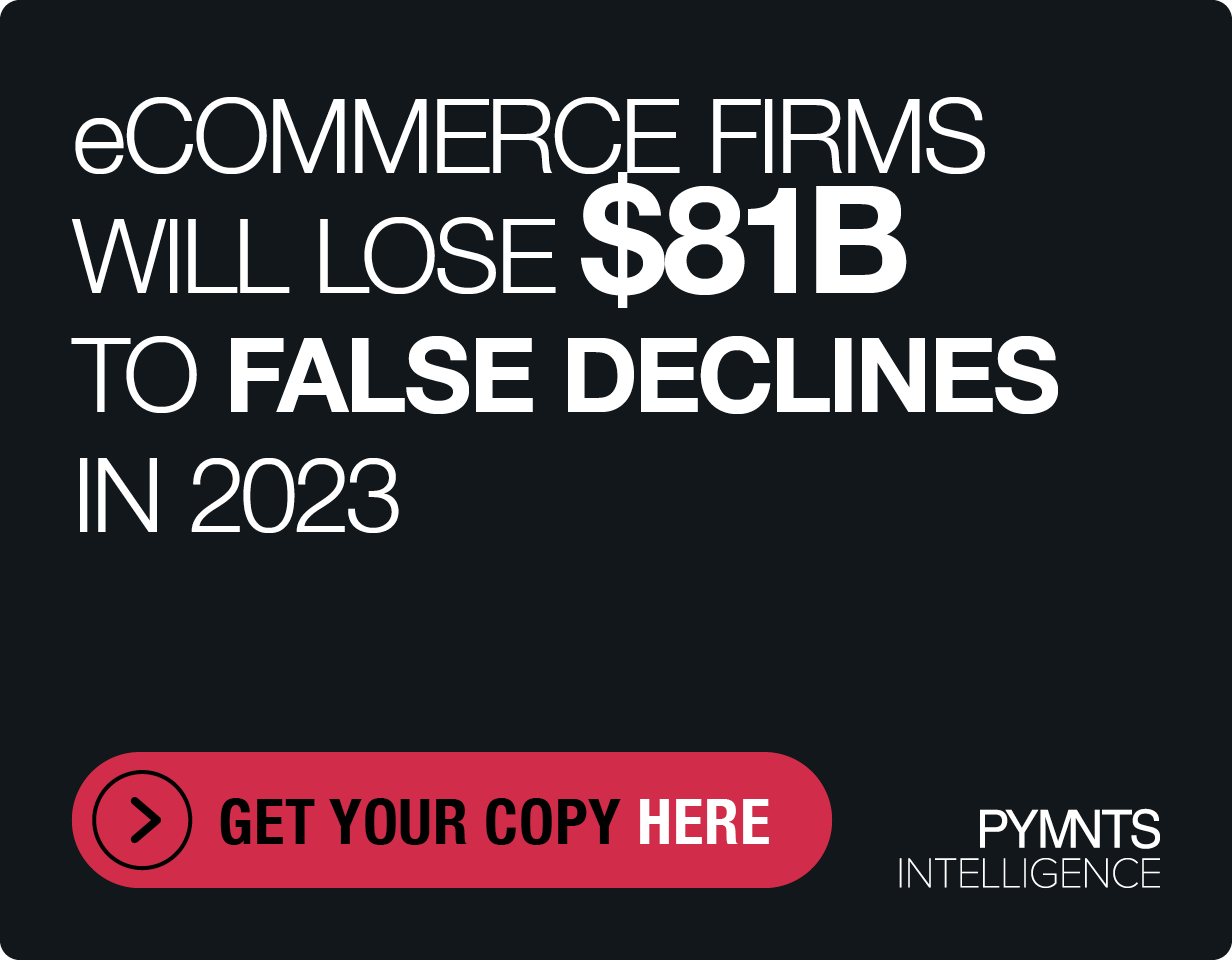UK’s Deliveroo Reflects High Demand For Delivery; IPO Set To Top $12 Billion

The Amazon-backed and London-based delivery service Deliveroo said on Monday (March 22) that it is looking to raise over $12 billion in its IPO later this month, via a share price update that reflects a 50 percent jump in expectations since January.
In setting its IPO price range between £3.90 and £4.60 for roughly 385 million shares, the startup — which does business in 12 countries in Europe, Asia and the Middle East — would net the equivalent of $12.2 billion, which would help the money-losing venture take on competitors in the fast-growing sector.
The rich valuation comes on the heels of an announcement by the multinational player earlier this month that it had selected London as its listing location over other global exchanges. “Deliveroo was born in London. This is where I founded the company and delivered our first order,” Will Shu, CEO of Deliveroo, said at the time. “We are always focused on developing the best proposition for consumers, restaurants and riders, and look forward to bringing our service to new parts of the U.K. as we continue to grow.”
The delivery giant posted losses in 2020 of roughly $300 million, down from over $400 million in 2019, on sales that grew 64 percent. The company said that six million people placed orders on Deliveroo, which has more than 115,000 restaurants and retailers in its network but is looking to expand in dozens more cities and towns.
It Starts With Food
While Deliveroo is 100 percent food-focused right now, many of its rivals — especially Uber — have branched into other product areas once they have established solid local networks of customers and drivers. For example, Uber has begun to add prescription delivery to its offerings — along with alcohol, following last month’s $1 billion acquisition of Drizly. Adding the booze business marked Uber’s third such vertical product expansion in a year after buying Postmates and partnering with NimbleRx.
During the height of the pandemic, demand for delivery of everything soared, to the point where Uber Eats was generating 50 percent more revenue than its original rideshare business for passengers.
Demand for Delivery
When it comes to delivery, no company has a greater interest or more at stake than Amazon, which became clear in the 15-month regulatory review of its 16 percent stake in Deliveroo last summer in the U.K., before Amazon was finally cleared by authorities.
Whether it’s the launch of its own fleet of drivers and vans, the ongoing testing of drones, or the purchase of a dozen passenger jets in January to grow its so-called “Prime Air” capacity, Amazon is racing to keep up with the fast-free delivery trend, tightening it from two days to as little as one hour in certain categories and markets.
“Amazon Air plays a central role in delivering for customers by transporting items across longer distances in shorter time frames,” said the Seattle-based company, noting that the additional jets would ensure added capacity in Amazon Air’s network for years to come.
“Our goal is to continue delivering for customers across the U.S. in the way that they expect from Amazon, and purchasing our own aircraft is a natural next step toward that goal,” said Sarah Rhoads, vice president of Amazon Global Air.
Amazon is not alone in pursuing that goal, as countless other retail and direct-to-consumer brands selling everything from groceries, wine, medications, flowers and more are also struggling to build the manpower and logistics to fulfill the final mile of the increasingly popular delivery service sector.
